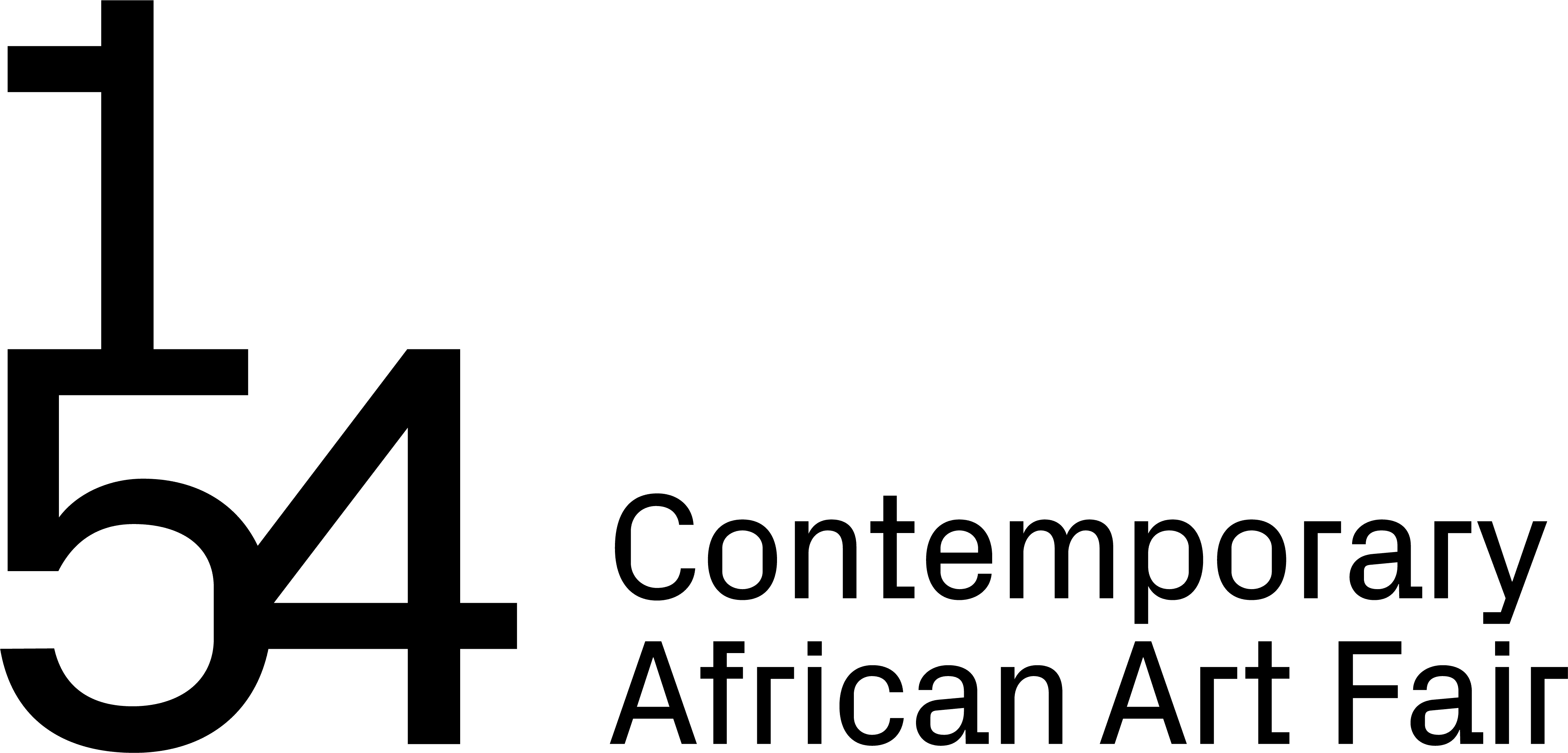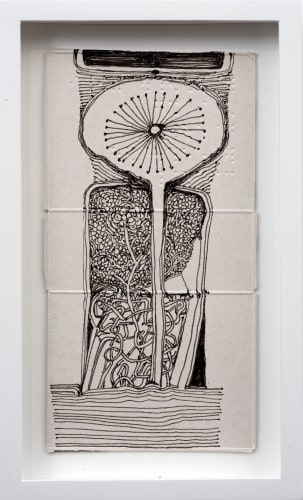 Booth 21
https://www.1-54.com/new-york/
Booth 21
https://www.1-54.com/new-york/
VIP Preview
Wednesday 1 May 2024 14:00 - 19:00
Thursday 2 May 2024 11:00 - 19:00
Public Opening
3 & 4 May 2024 11:00 - 19:00
Vigo will be returning to 1-54 New York with a selection of works from Ibrahim El-Salahi’s Pain Relief series, many of which have been exhibited in recent museum shows internationally.
Since 2016 El-Salahi has created this extraordinary body of work from the comfort of an armchair, refusing to let physical restrictions resulting from sciatica and Parkinson’s disease limit his ambition.
For the artist, the act of drawing enables a temporary respite from chronic pain. Employing this artistic mode of physical reprieve, El-Salahi has made around 250 tiny, but incredible drawings in pen and ink created on board, paper, envelopes, and the inside cardboard of his medicine packets. The series invokes drawings made by El-Salahi in 1975, during a six-month prison stay in Khartoum, Sudan for political crimes that were never substantiated. With a smuggled pencil, he drew on fragments of paper torn from the packaging of food deliveries received by his fellow prisoners. Due to limitations of size and time to make these drawings, El-Salahi mastered a compositional technique in which he started from a small, central point - described by the artist as a nucleus - from where he worked his way outward. The Pain Relief series is made using a similar technique. With the prison drawings in mind, El-Salahi has said that he considers every Pain Relief drawing to be a kind of nucleus in itself. This way of thinking is a common factor throughout El-Salahi's art practice, characterised by a personal connection between making art and prayer, as if the act of making carries with it a spiritual power to comfort, perhaps even heal.
The Pain Relief drawings existed in their own right, but were also seeds for a very ambitious project. El-Salahi wanted to make larger scale work despite his physical constraints and achieved this by using these drawings as a nucleus from which to create large, unique mono-print paintings transferred by screen from the drawings. Limited by his physical constraint, this method has allowed El-Salahi to do something that otherwise would not have been possible. This body of work, made despite and because of circumstance, gives us the opportunity to delve into the mind of El-Salahi and experience his memories of a long and fruitful life.
These Pain Relief drawings have been the subject of solo museum exhibitions at The Norwegian Drawing Association – Tegnerforbundet (2022), The Drawing Centre in New York (2023), and Kunsthalle Zürich (2023), as well as in solo exhibitions incorporating his Pain Relief canvases at Hastings Contemporary (2022), Wellington Arch Museum (2022) and the Saatchi Gallery (2019). The series was first previewed during his solo show at The Ashmolean Museum who, alongside institutions such as the Smithsonian, have purchased from this important series. 99 drawings were also included in the 2022 Venice Biennale and unusually he also features in the 2024 Venice Biennale.
El-Salahi's work is rooted in the modernism of post-war Europe and in traditions from African and Islamic art history. Inspired by Arabic calligraphy, surrealistic figuration and geometric abstraction, his distinctive pictorial language is most often expressed through drawing. His style transcends geographical and cultural borders and has inspired artists in Sudan and elsewhere in Africa for generations.
Since the 1960s, El-Salahi's works have been exhibited at renowned institutions around the world, including The British Museum, London; MASP, São Paulo; Institut du Monde Arab, Paris and the Museum of Modern Art, New York. His most recent solo exhibitions include the Ashmolean Museum, Oxford (A Sudanese Artist in Oxford, 2018), his retrospective at Tate Modern, London (2013), Sharjah Art Museum (2012) and Katara Cultural Village Foundation, Doha, Qatar (2012).
El-Salahi's works can now be found in numerous public collections, including the Museum of Modern Art, New York; the Metropolitan Museum of Art, New York; The Tate Modern, London; the British Museum; the Guggenheim; The National Gallery of Victoria, Sydney; The National Gallery, Berlin; British Museum; The Art Institute of Chicago; Sharjah Art Foundation Museum and the Smithsonian Institution.
Please contact info@vigogallery.com for more information.
67
of 67


